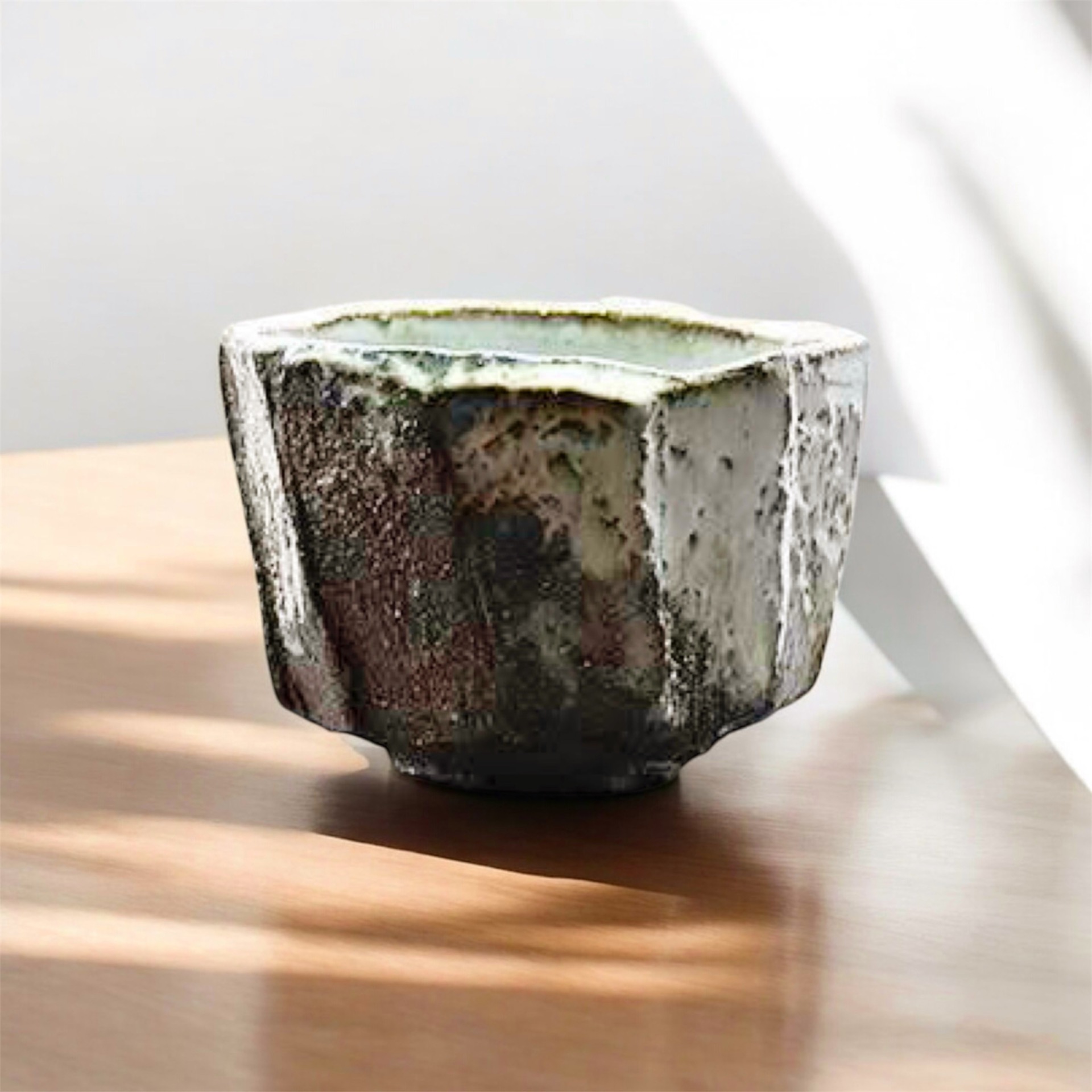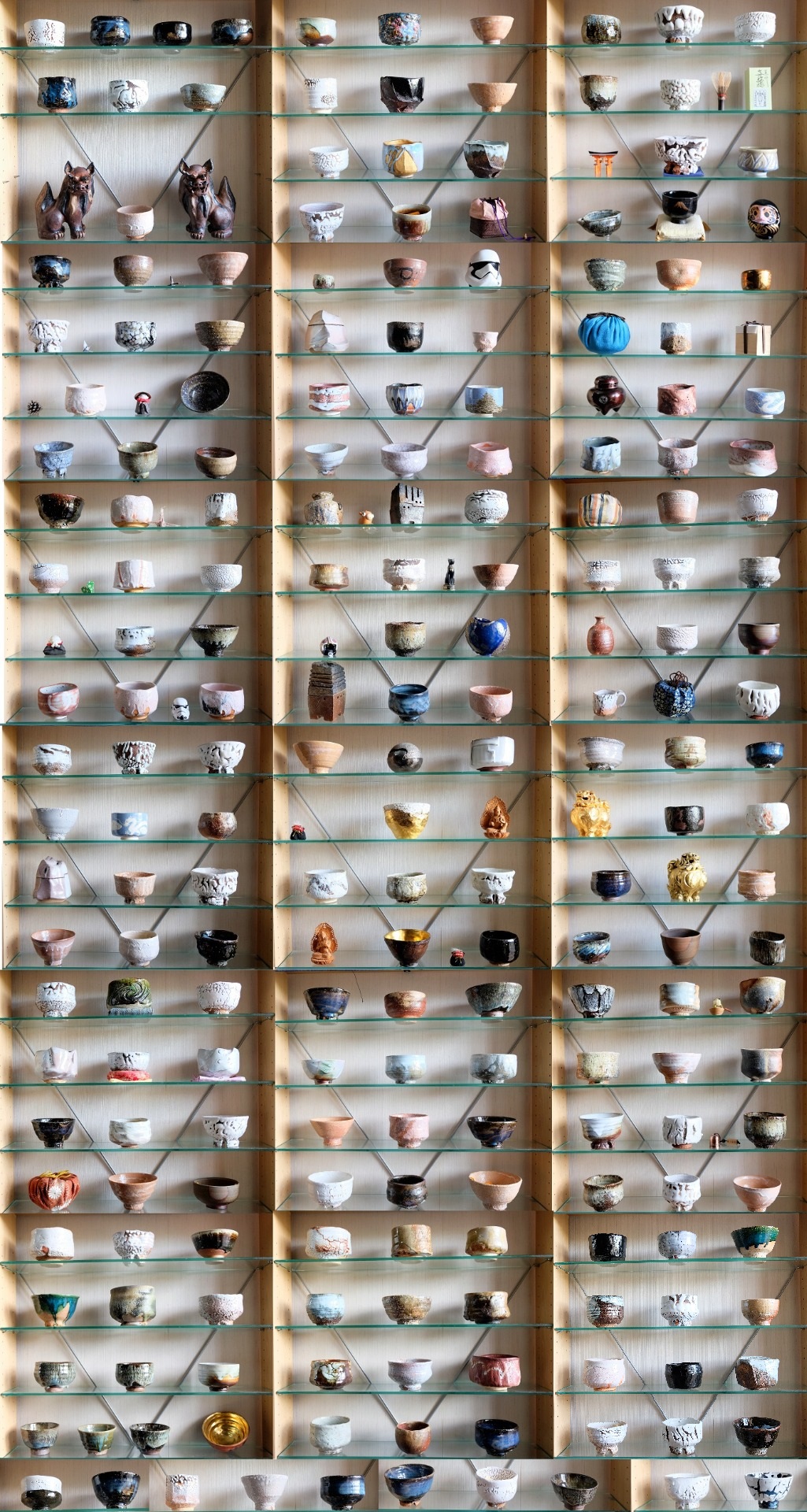Eiichi Shibuya In Nara Concerto Exhibition

Eiichi Shibuya Exhibit ~ Concerto Midorigaoka Museum 一般財団法人 けやき並木・緑の杜財団〒630-0262 奈良県生駒市緑ヶ丘 1426-38 ♠️ 2731-10 Midorigaoka, Ikoma, Nara 630-0262, Giappone

Even we support crypto payments, paypal, swift & wise transfer, we added Revolut.
IBAN : LT743250074461465864BIC : REVOLT21
EIICHI SHIBUYA in ROME to visit Manuel Jensa & ONIHAGI
A few raw fragments with a mobile phone, try to make it a suitable dining, while waiting perhaps next year, to see a full documentary in which I participated yesterday. Director Kazuma Mochizuki from https://filmer.co.jp : Filmer=映像人 with Kenichi Nagatani from Cre-lab , Miya as interpreter & entire team interviews me & Master Eiichi Shibuya. The entire crew came from Japan, demonstrating that our paths often become the backdrop to video clips, fiction, commercials and documentaries. Filming for the production of a documentary as part of an incredible project has ended. Japanese efficiency (exciting!) I would like to say that was a great conversation by talking in general about Hagi-yaki (Hagi pottery). Seto, Tokoname, Echizen, Shigaraki, Tanba, and Bizen are referred to as the Six Ancient Kilns, pottery production areas that have passed down Japan's ancient techniques from medieval times to the present day. But since Onihagi started i met many people who believe in their potential and want to take on the challenge together to make Hagi strong again. We are very proud to be part of this project that aim to create something that the pottery world has never seen before. Hagi is where Miwa & Deishi left their roots & where Eiichi, proudly begun with a step ahead to maintain alive all tradition originated there: in Yamaguchi, in the former Nagato Province, in Hagi! For me essentially was the same, i traveled to Japan, than to Matsue, Nagato-oi station trough old road Yamaguchi to Hagi.
You must be proud. As an onihagi costumer this year u support many young kids and their school. U are not simply a buyer and chawan collector, u are also some with a big heart ❤️
Donate
"The Cha-no-Yu, or Tea Ceremony, is an aesthetic ritual intimately linked to Zen and Daoism. Its history reveals a comingling of Chinese and Japanese …. " We strongly support Ken Jeremiah as we have proof of his sincerely intent to share his knowledge. We support pure talents & for us is a Mission.





It is meaningless just to inherit the traditions of Japanese pottery, unless you add your own ideas...but if you overdo yourself, you might ruin the traditions. The point is to make the best use of the old methods and ideas. -Toyozo Arakawa, Japan, "Living National Treasure"
Introduction by Ken Jeremiah written exclusively for Onihagi.com
The World on a tea bowl "A miniature universe"
These days, the idea of "mindfulness" is praised, but it is nothing new. It is nothing more than remaining in the present, the mantra of both Zen and Daoist ideals, and the concept reflected in the art and crafts of the traditional tea ceremony. The traditional path leading to the tea house is called roji, dewey ground, and comes from a Buddhist sutra which states, "There is no peace in the three worlds; they are like a house in flames," but upon enlightenment, one "emerges from the house in flames and sits on the dewey ground." Thus, the ceremony of tea is a spiritual one, which can lead practitioners to worldly understandings.
The tea house has a small door, so small that guests have to crawl inside, thus accentuating the feeling of separation from the petty thoughts and mundane considerations of the outside world. Inside, the small tea room is bare, with nothing more than a flower vase and a hanging scroll. Referred to as the abode of the unsymmetrical, it may look imperfect, but an appreciation of its beauty allows one to live in the present, to cast away the smaller self and understand the transcendent unity of all people and all things.
The acclaimed tea master Sen no Rikyu wrote:
House and dewy ground.
Guest and host both joined as one,
Share a cup of tea.
In tranquil meditation,
No margin divides their hearts.
Among the prized objects used in the tea ceremony, none is more valued than the tea bowl, and it is said that each bowl is a miniature universe. With countless styles and refined aesthetics, all who strive to understand its beauty will find works that speak to them. Besides the sky-blue and jade-green incised Chinese bowls, the beloved red and black Japanese raku ware, and the prized Korean ido and irabo pieces, there are many other beautiful styles, such as unglazed Bizen pieces, colored by ashen deposits, and partly-glazed Shigaraki works, which highlight the natural beauty of the rough clay hidden under smooth glaze. Hagi potters often leave patches of bare clay between the thick, white glaze that covers each piece. The bare clay suggests desert sands and sometimes contains small pebbles, boulders in the miniature landscape, which are covered by a snowy white glaze that hides all imperfections and echoes the impermanence of all things. See the miniature world in each tea bowl. Their beauty facilitates mindfulness and a refined awareness of details, and will lead beholders to harmonize with their surroundings.
Dr. Ken Jeremiah
Dr. Ken Jeremiah has written extensively about history, religion, and critical thinking. His books and articles are available worldwide, has written numerous books and articles, translated various works from Spanish, Italian, and Japanese. Dr. Ken Jeremiah has written extensively about history, religion, and critical thinking. His previous books include Remnants of a Distant Past, Christian Mummification, Living Buddhas, Aikido Ground Fighting, and he teaches world language and comparative religion courses. Is a big honour for Onihagi he took place here. And for those who really love pottery world, please enjoy knowledge.





